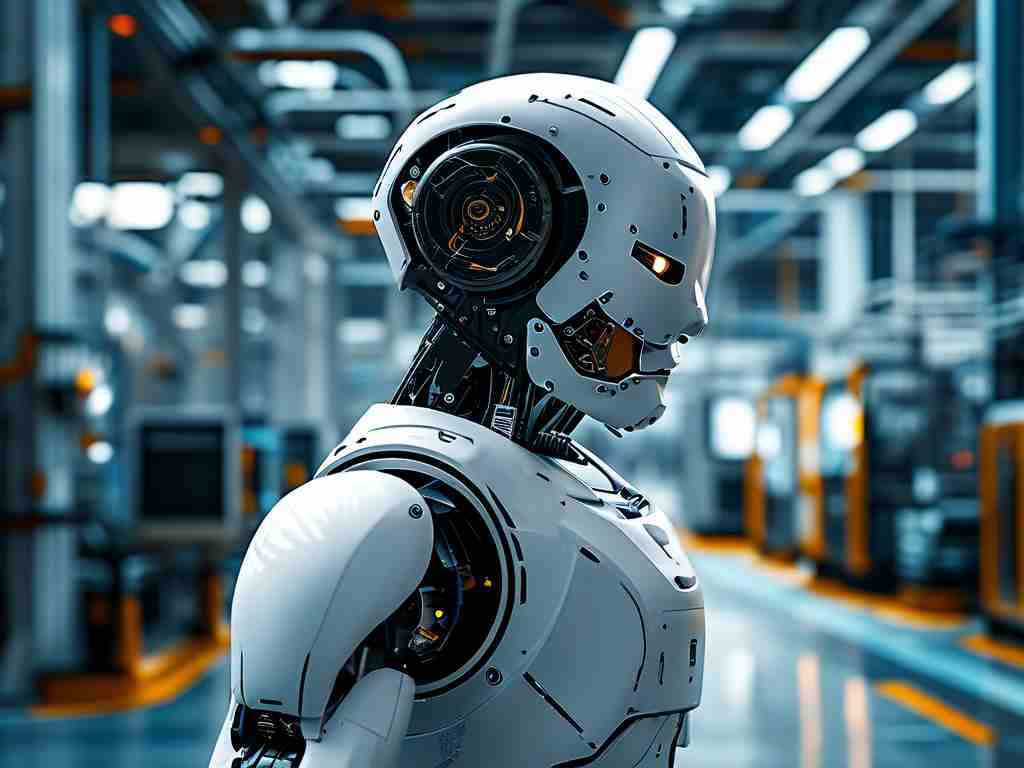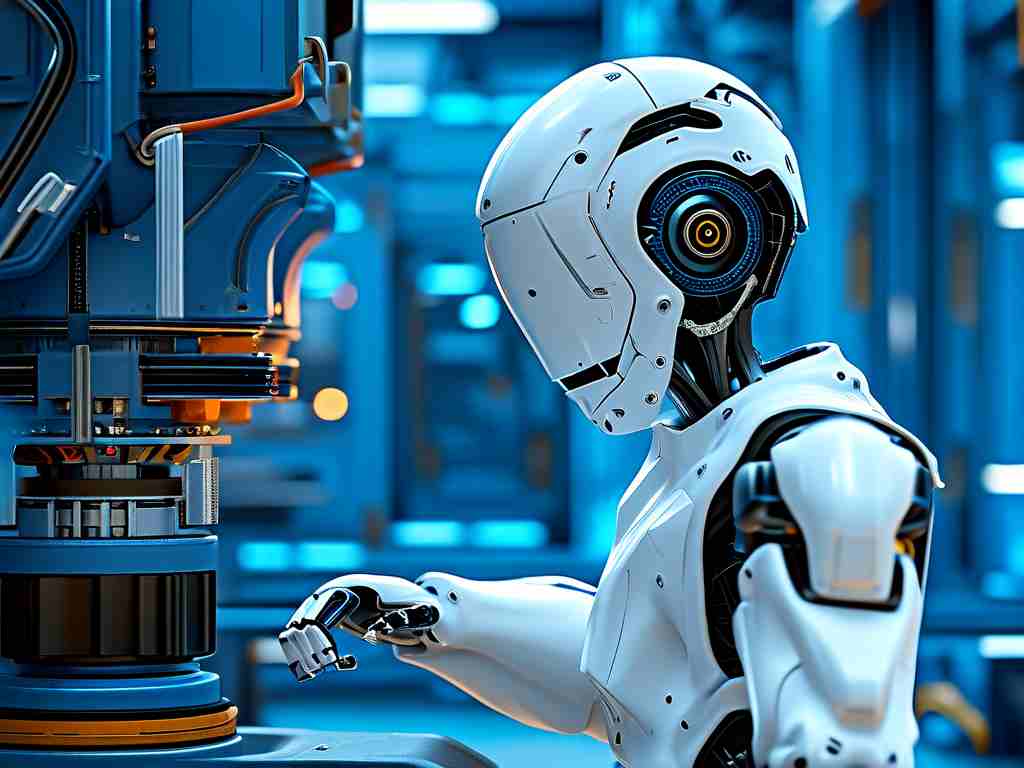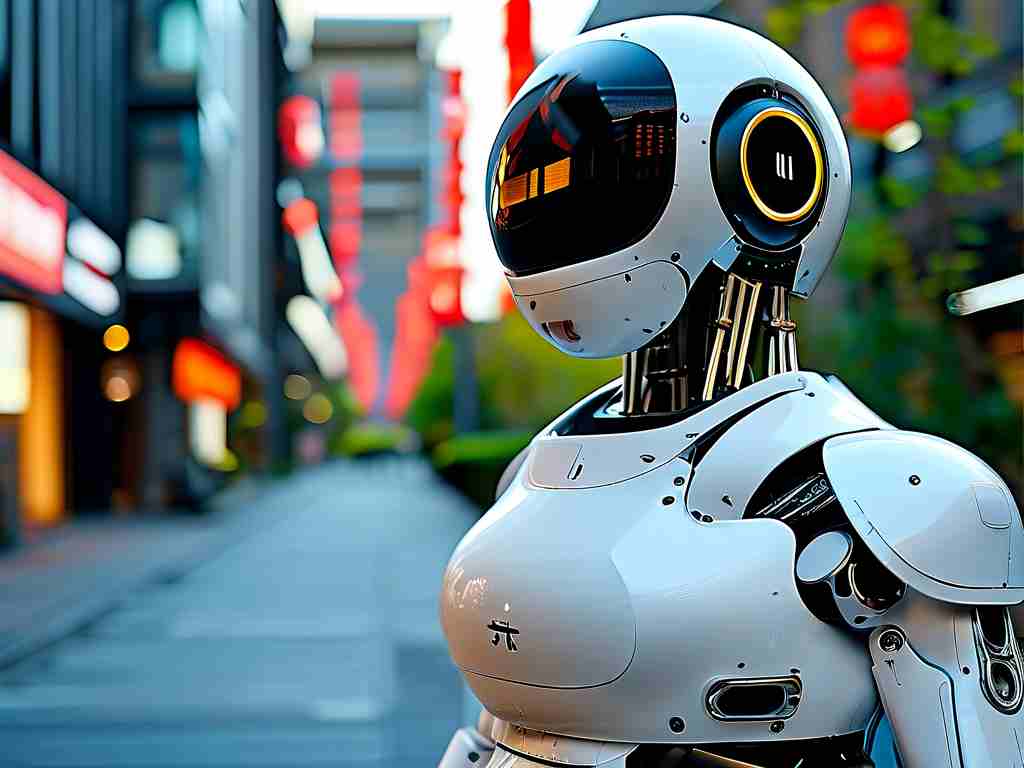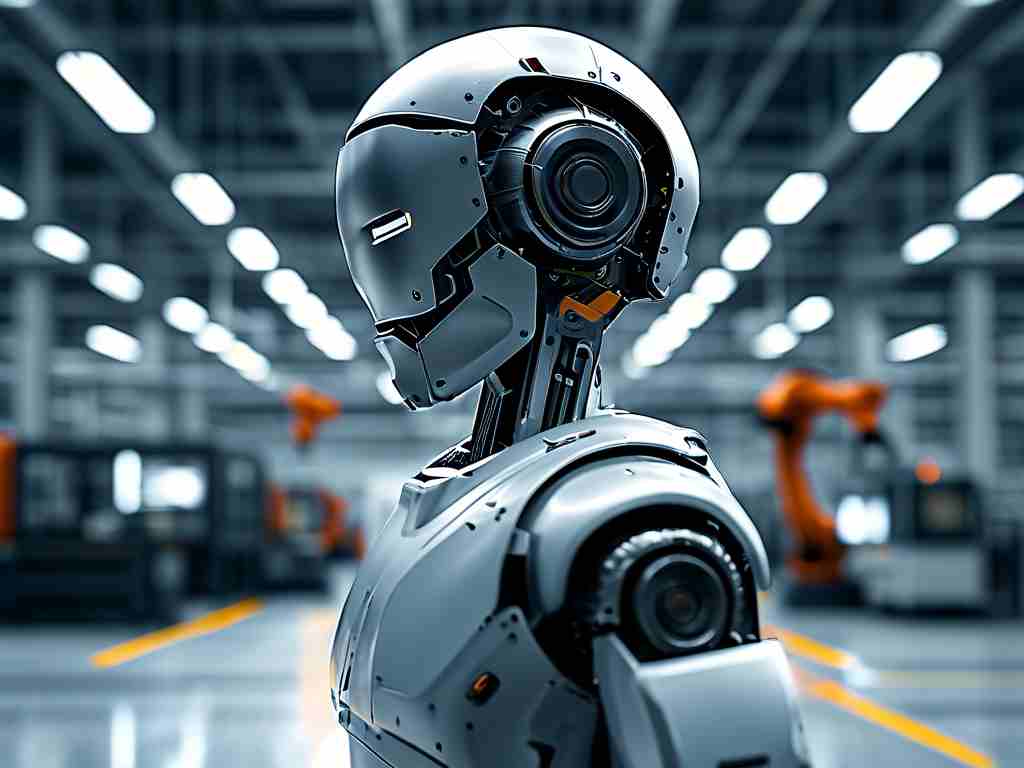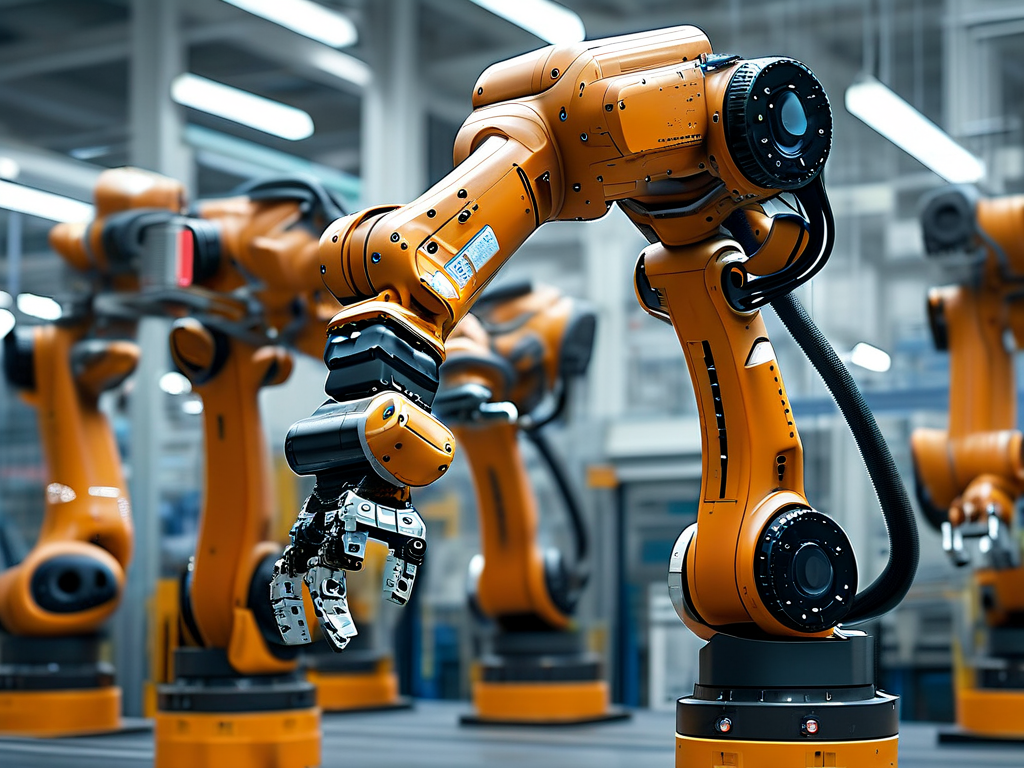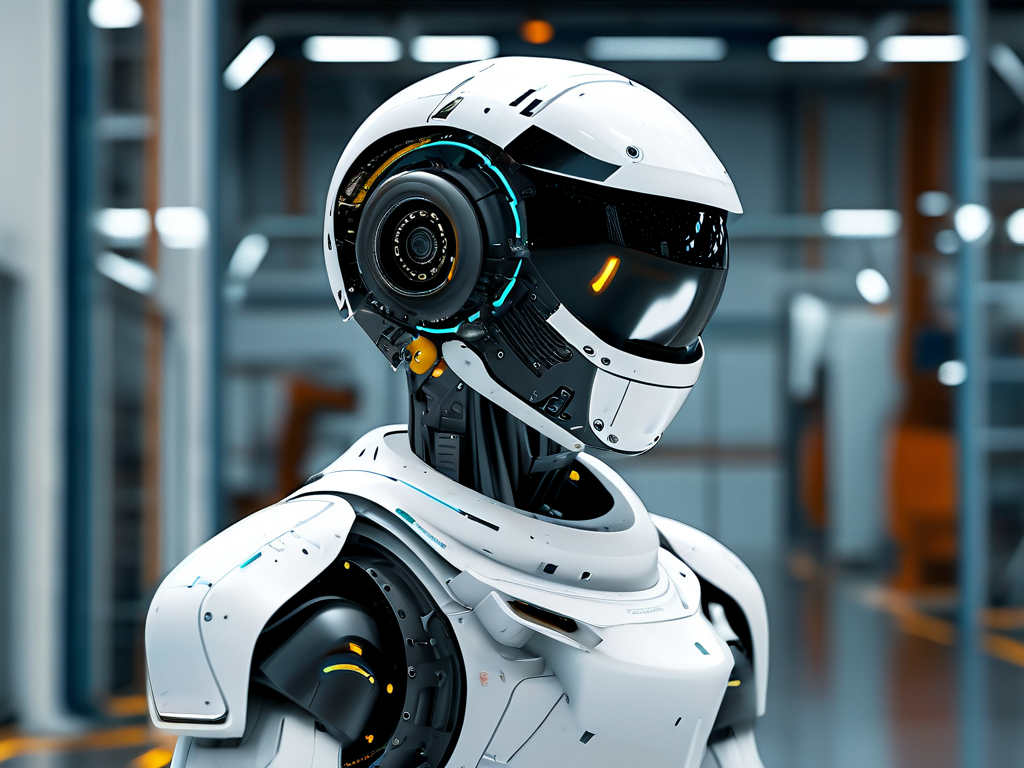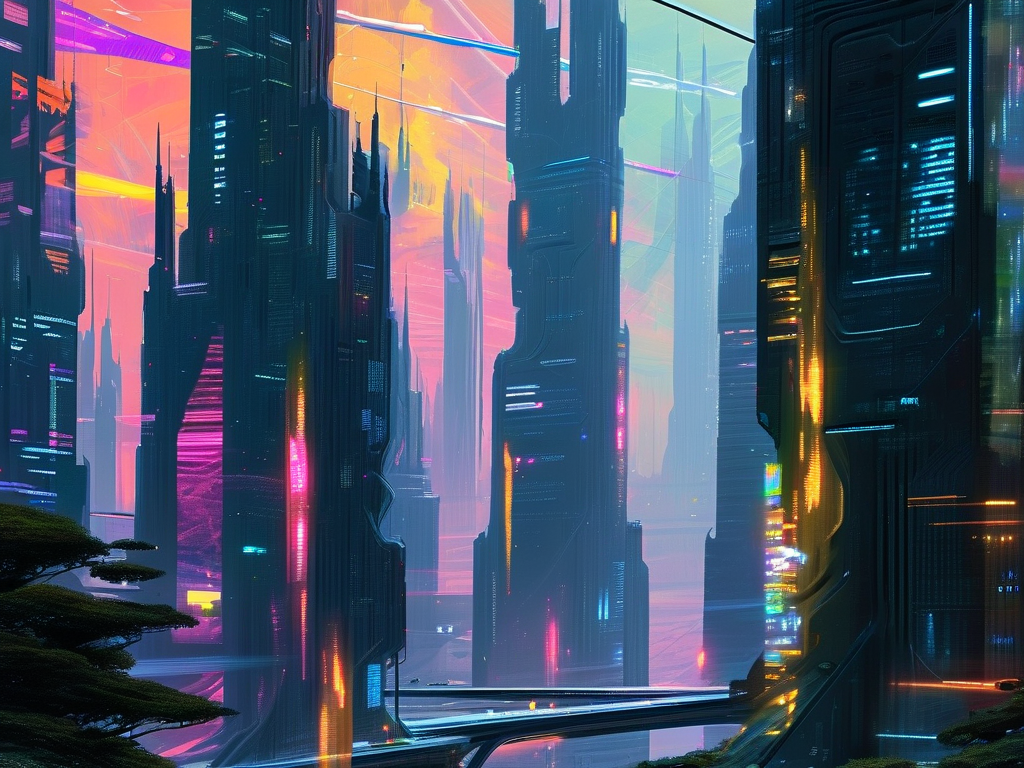The rapid evolution of intelligent robotics is reshaping how humans interact with technology, offering unprecedented capabilities across multiple sectors. Unlike traditional automation systems, modern robots integrate artificial intelligence, adaptive learning, and sensory perception to perform complex tasks with minimal human intervention. This article explores groundbreaking advancements in robotics and their real-world applications while addressing challenges and future possibilities.
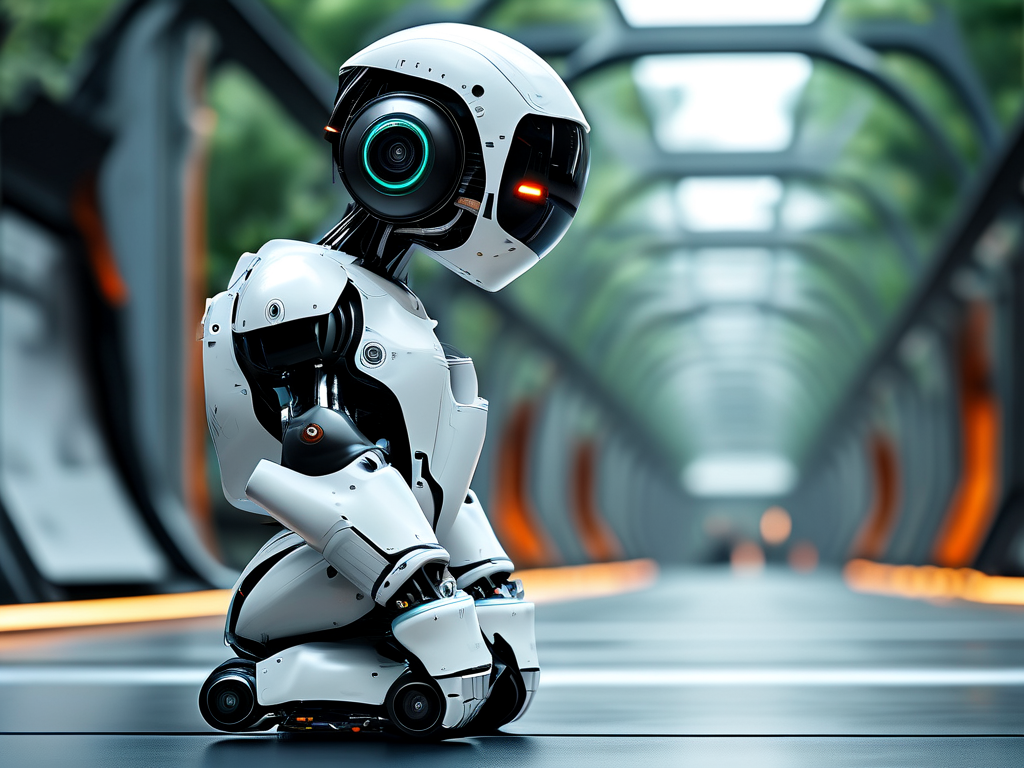
The Convergence of AI and Robotics
At the core of advanced robotics lies the fusion of machine learning algorithms and physical automation. Neural networks enable robots to analyze vast datasets in real time, allowing them to adapt to dynamic environments. For instance, collaborative robots (cobots) in manufacturing now use vision systems powered by convolutional neural networks to identify defective components with 99.7% accuracy—surpassing human quality inspectors. These systems continuously refine their decision-making processes through reinforcement learning, reducing error rates by 40% year-over-year.
Breakthroughs in Sensory Integration
Next-generation robots employ multimodal sensing technologies that mimic human perception. Tactile sensors made from graphene-based materials provide sub-millimeter pressure sensitivity, enabling delicate operations like microsurgery or handling fragile objects. Meanwhile, LiDAR and thermal imaging allow autonomous drones to navigate dense urban areas during disaster response missions. A recent case study in Japan demonstrated how rescue robots equipped with these sensors located survivors in earthquake debris 30% faster than traditional methods.
Ethical and Operational Challenges
Despite technological leaps, intelligent robotics faces significant hurdles. Energy efficiency remains a critical concern—humanoid robots currently require 20 times more power than industrial arms to perform similar tasks. Researchers are addressing this through biomimetic designs, such as MIT’s Cheetah 3 robot that replicates feline muscle elasticity to cut energy consumption by 15%. Ethical debates also intensify as robots take on roles in healthcare and education. The European Union’s Robotics Liability Directive (2023) now mandates transparency in AI decision trees for medical diagnostic robots, setting a global precedent.
Industry-Specific Transformations
- Healthcare Revolution: Surgical robots like the da Vinci SP platform now complete prostatectomies with 0.2mm precision, reducing patient recovery time by 25%. Rehabilitation exoskeletons powered by EMG sensors help stroke victims regain mobility 40% faster than conventional therapy.
- Agricultural Automation: Solar-powered agribots in California vineyards analyze soil pH and moisture levels while pruning vines, boosting crop yields by 18% annually.
- Consumer Applications: Household robots like Samsung’s Bot Handy utilize 3D spatial mapping to organize kitchens and even pour beverages without spills—a feature achieved through 18 months of motion-capture training with human demonstrators.
The Road Ahead: Quantum Computing and Neuromorphic Chips
Emerging hardware technologies promise to overcome current limitations. Quantum processors could enable real-time optimization of robotic swarms in logistics networks, while neuromorphic chips that emulate brain synapses may reduce AI inference latency by 90%. DARPA’s recent prototype drone achieved autonomous obstacle avoidance at 120 km/h using such chips—a capability previously deemed impossible with traditional silicon.
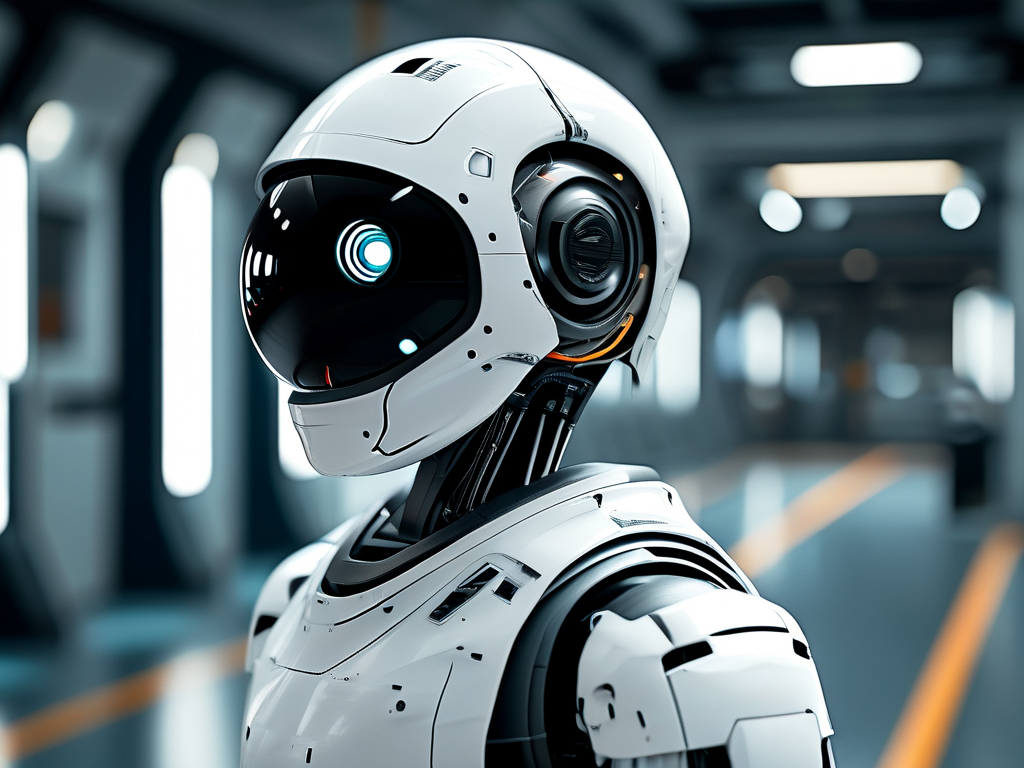
As boundaries between digital and physical worlds blur, intelligent robotics stands at an inflection point. While technical and ethical challenges persist, the technology’s potential to enhance human productivity and quality of life remains undeniable. Industry leaders predict that by 2035, over 70% of repetitive tasks across sectors will involve human-robot collaboration, marking a new era of symbiotic innovation.


